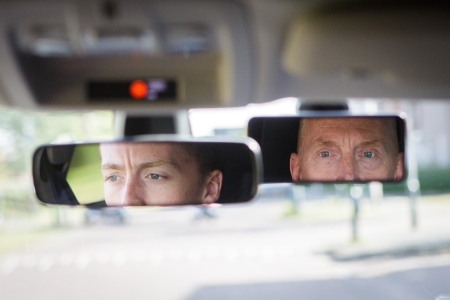Accompanied driving implies that a novice driver is only allowed to drive under the supervision of an experienced driver. In the Netherlands, this measure has been introduced under the name of ‘2toDrive’. From 2011 to 2018 as an experiment and since the beginning of 2018 as a permanent measure. Adolescents may take driving lessons when they are 16,5 years old, and may take a driving test when they are 17. Until they are 18, however, they are only allowed to drive when accompanied. On account of the driving experience gained under supervision, they will – it is expected – be involved in fewer crashes than if they were allowed to drive independently.
An assessment of the 2toDrive experiment in 2015, on the basis of self-reporting, was inconclusive about its road safety effect [43]. The crash risk (the number of crashes for every kilometer travelled) of the 2toDriverespondents was, however, significantly lower than that of respondents that did a regular training course. But the distance travelled since licence acquisition varied from person to person to such an extent that the difference in crash risk found might also be co-incidental. The effect of 2toDrive on self-reported violation behaviour was no more unambiguous. Previous assessment of 2toDrive [44] had, however, shown that the accompanied-driving phase was taken seriously and regular practising did actually occur. Most 2toDrivers do indeed practise regularly in different conditions (in rain, fog, and in the dark) and in different situations (on the motorway, in big cities). This means that the accompanied driving objective has been achieved; the goal being for young drivers to gain experience in relatively safe conditions (viz. when accompanied) before they participate in traffic by themselves. In other countries, for example Sweden and Germany, positive effects on the number of crashes have been reported, although there are other countries where no positive effects have been found, for instance in Norway and France (for an overview, see the archived SWOV fact sheet Accompanied driving. The number of kilometres driven while accompanied and the variation in circumstances (sufficient learning occasions) are aspects that are important to the effectiveness of accompanied driving.
